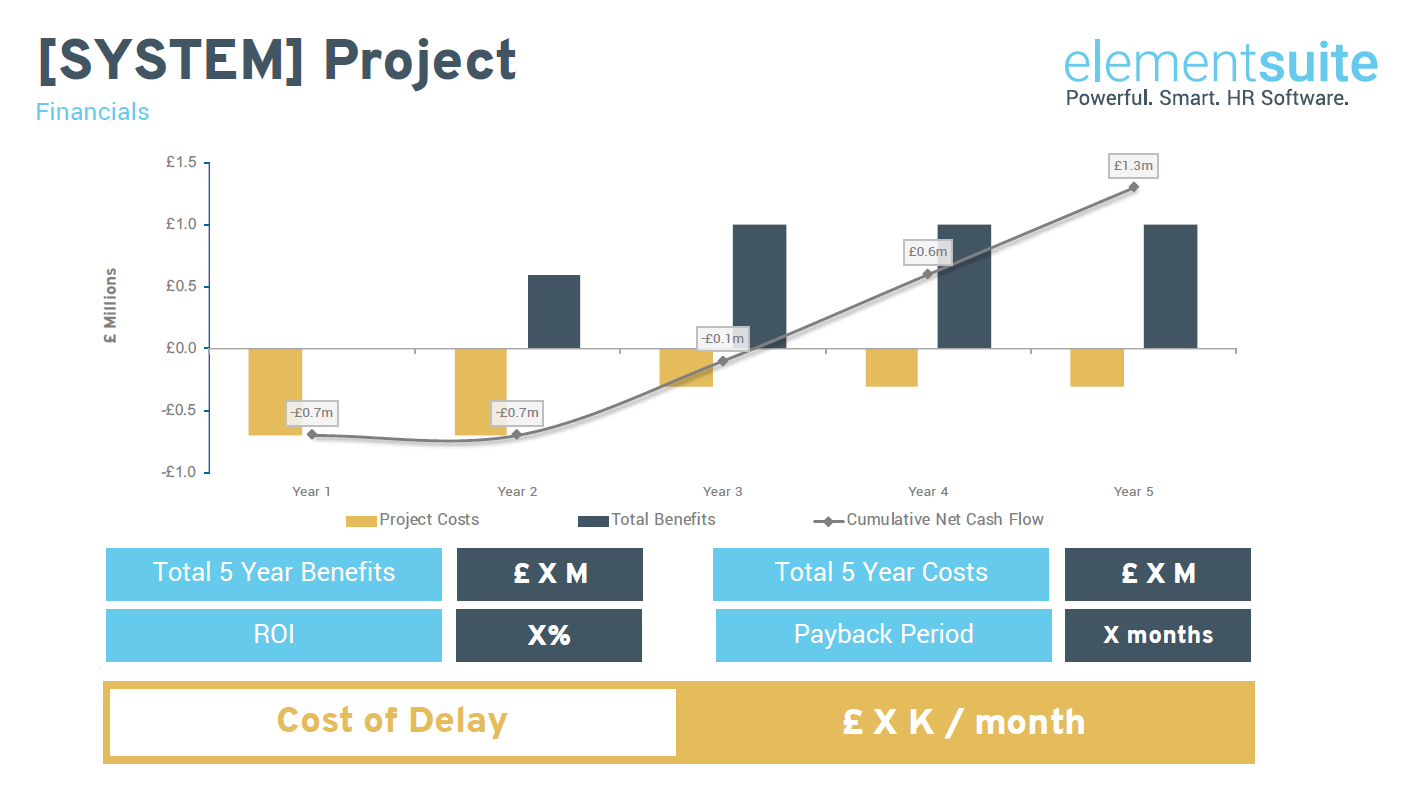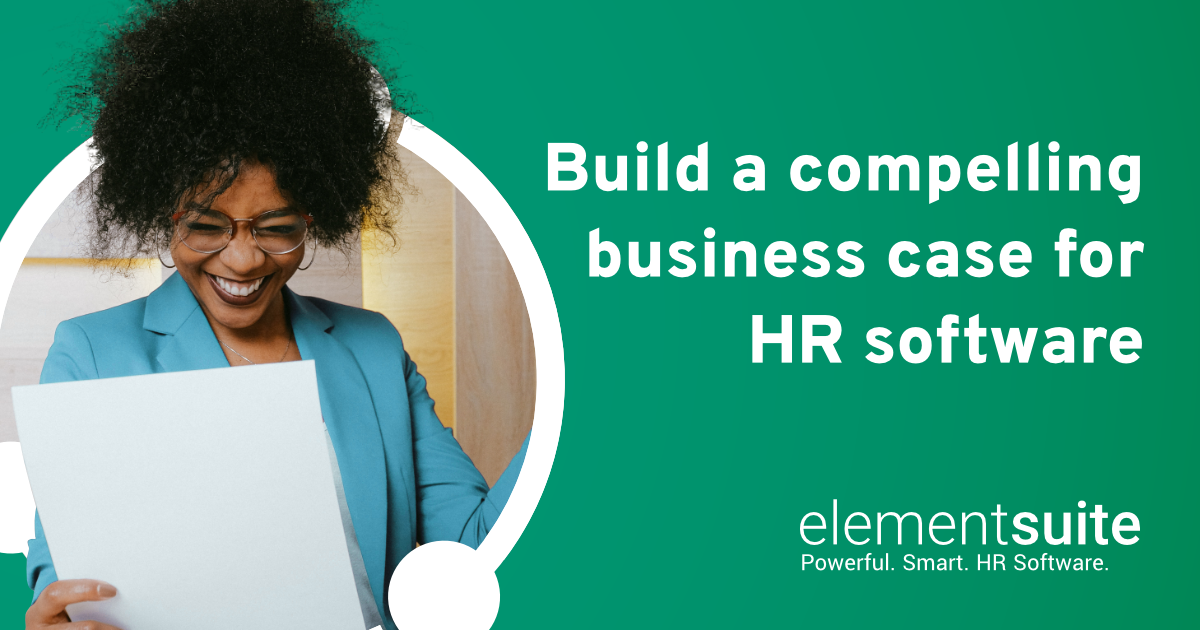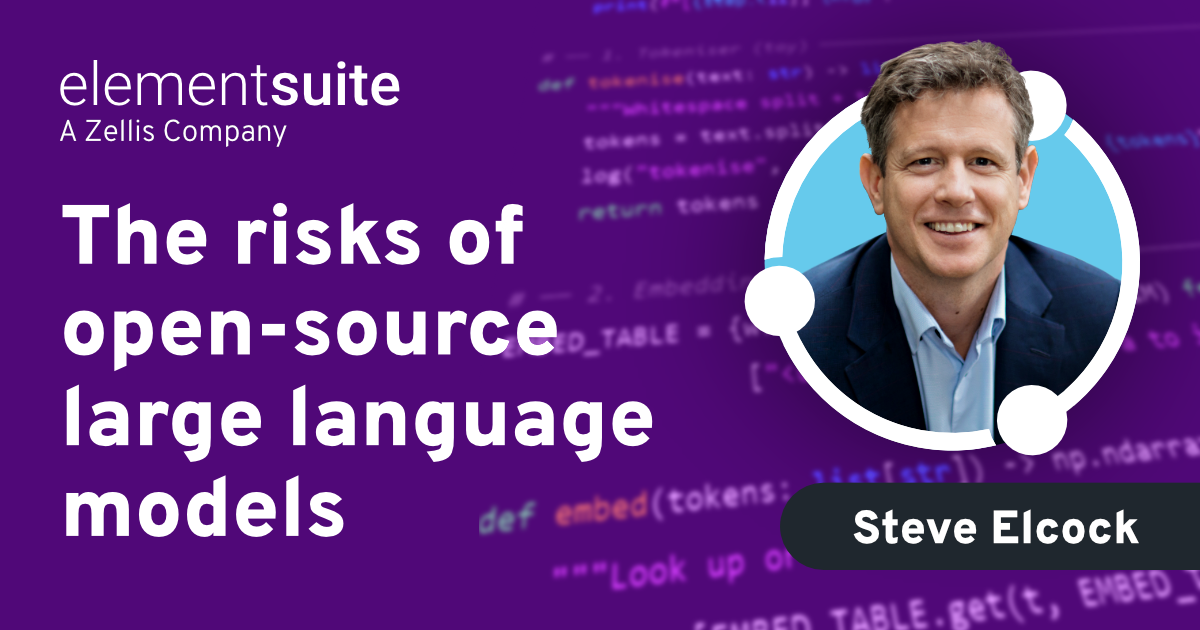The workplace is evolving faster than ever. You know you need to invest in your people and that systems and technology will enable you to future-proof your HR. You’re driven to do a great job; you love what you do and you know what you need. You want to support the business, help it thrive and know that it’s vital to invest in the right systems and processes that will enable efficiency and performance.
But just as important is what’s good for your people too. Employees today are more digitally aware… aren’t we all? Forward thinking businesses of all sizes are reimagining HR to better fit this ever-changing environment and meet the needs of a modern workforce and a hybrid workplace. Employees have greater expectations regarding automation, they expect accessibility, immediacy and 24/7. They want a more personalised experience too. Giving your workforce what they want is good for your business too. So, it’s a real win-win for everyone. You know you need HR software, now you need to prove it with a strong business case.
Let’s do this… time to start building a great business case
Doing a great job, requires the right tools and support and for many HR professionals, getting access to those fundamental HR systems and technology can be a struggle. Winning senior management support to achieve greater HR effectiveness, which leads to a more sustainable and efficient business is what the business case is all about. Demonstrating how this will contribute to business success, operational efficiencies, and staff retention and engagement. Let’s face it, it all leads to better margins and improved bottom line, so this should be easy… right?
These tips will guide you on how to build a robust business case to add weight to your request. And getting what you need.

Get the internal support – your stakeholders
The key sponsor for any HR transformation programme is typically the HR Director who is usually responsible for the creation of the HRIS business case. Don’t get put off by the term transformation, because this change will transform your HR for the better and will future proof the business i.e. enabling you to be more nimble, responsive and adaptable to the changes of the business.
They typically receive support from other functional heads such as Recruitment, Benefits, Compensation, Learning, Payroll etc. Managers and employees may also be consulted for their thoughts and to provide supporting anecdotal evidence as to why change is needed. Two other important stakeholders are the CIO and CFO. The CIO will ensure that the recommended solution complies with IT policies in critical areas such as security etc. The CFO will often assist in constructing the financial justification for the programme and will certainly have a role in validating both anticipated costs and benefits.
The key to success is to pitch your requirements from an HR perspective as well as from a wider business perspective. You need to get decision-makers on your side, you need to ‘sell’ the idea to them and make clear not only how you and your department will benefit, but also how perceived hurdles can be overcome and, ultimately, how the solution will help them and the company to meet its goals going forward.
The essential components of a strong business case
For many HR leaders this may be the first time you’ve tackled this type of project, so it can feel pretty daunting. This is a significant investment, so you don’t want to get it wrong as your reputation is on the line. Before we get into the essentials you might want to consider the cost to the business of not taking action. This can be a persuasive argument for taking action now and a great way to support your business case too.

In our experience, a strong, compelling business case should be organised into the following sections.
1. Business Context
Summarising the reasons for considering a replacement of the HR system at this time, and how this supports the other strategies of the business
2. Heatmapping/Benchmarking
The ability to baseline the current performance of the organisation against key cost and performance metrics and to compare against industry peers and best practice. This provides a series of objectives and targets for the future end state.
3. Costs
The headline costs for replacement software, implementation, integration with other systems, and ongoing maintenance.
4. Tangible Benefits
Covering the key areas of benefits, quantifying the impact that the new systems will deliver, the financial return that can be achieved and the timescales.
5. Intangible Benefits
Highlighting the potential but sometimes hard to quantify benefits a new solution will deliver. These might often be critical to the business but difficult to put numbers against e.g. legislative compliance, business flexibility.
6. Return on Investment
The comparison between the anticipated costs and likely benefits. Each organisation typically has its preferred financial model, such as Net Present Value (NPV), Internal Rate of Return (IRR) and / or Investment Payback.
7. Quick wins
It is important that the project delivers some key facilities/tools to the business quickly to show progress and gain support for future phases.
8. The Journey
Taking a practical approach to delivering a foundation for growth and future initiatives, with a review of the service delivery options available.
9. The Future
Looking ahead to the future possibilities which will become available once a fully integrated, capable HR system is implemented.
This may feel a little daunting but putting in the ground work and using the business case calculator will make the task easier.
You know the issues, now you want to solve them
You’ve already identified there are issues with HR delivery that can only be solved with a robust, fit for purpose HR system. You may be having to work with an out-of-date solution that no longer meets your needs. Or worse something that has been stitched together such as spreadsheets (excel hell), desperate databases and paper systems which make it impossible to plan effectively and deliver meaningful, accurate management information and insights. Worse still you can’t get real time information and decisions have to be delayed because of the lag of accurate measurement.
No matter how challenging your current scenario, it’s important to avoid anecdotal examples or negativity. That’s why investing time in collating the data and evidence is key. You must provide evidence of the specific issues and how this impacts the business, the various departments and functions as well as your staff. This includes the people strategy and your ability to recruit and retain the staff you need across the full employee life cycle.
The usual suspects
Here are some common issues and focus areas you might want to consider. Its essential to build the evidence of inefficiency across the business, not just within HR. Hours lost, impact to productivity and efficiency which all impact margins and bottom line. Speed to recruitment, staff scheduling, retention, engagement etc. Use the business case calculator to help with this. Think about the specific examples of inefficient processes that take too long and potentially cause problems with accuracy. Think about how they impact the workforce as a whole
- Logging holiday
- Tracking sick days
- Recording hours
- Compliance
- Double keying
- Updating employee details
- Support from HR for staff queries that could be self-service
- Payslip accuracy and access
- Retention and engagement
- Workforce scheduling and rotas
- Data and information for managers
Data: Create a summary of current data processes including key areas such as consent, data collection, personal versus sensitive data, response to access requests and deletion procedures. Timings and audit trails: what can be tracked, by who and when. Highlight the risk areas and identify how these can be addressed with a new system.
Security: Summarise the risk areas identified based on the current processes and systems. Highlight the problem areas that could be addressed with a new system.
Compliance: Create a summary of the areas where you need to take manual intervention to ensure compliance. Where these are generating risks for the business
Management needs: Collate stats and industry evidence on the measures you believe are most important to your business to identify goals you should be aiming for or achieving. Highlight any areas where you are literally unable to report. And for the rest, highlight assumptions you are forced to make due to the data issues you currently face. Add in the risks associated with this.
Make it happen
This may all feel very daunting, and time consuming, but time spent going through the process of creating a compelling business case will pay dividends. One final pointer is to remember there is a cost to the business of doing nothing. And your efforts will generate what cost savings can be made in addition to the ROI, tangible benefits and intangible benefits.
Great news – with the development of modern SaaS HR software, once you’ve got the buy-in, and you’ve moved forward, the business will see the benefits faster. No longer do you have to embark on 2-year project. This can all be achieved in a matter of weeks and months, which reduces the business impact from implementation. What are you waiting for?




